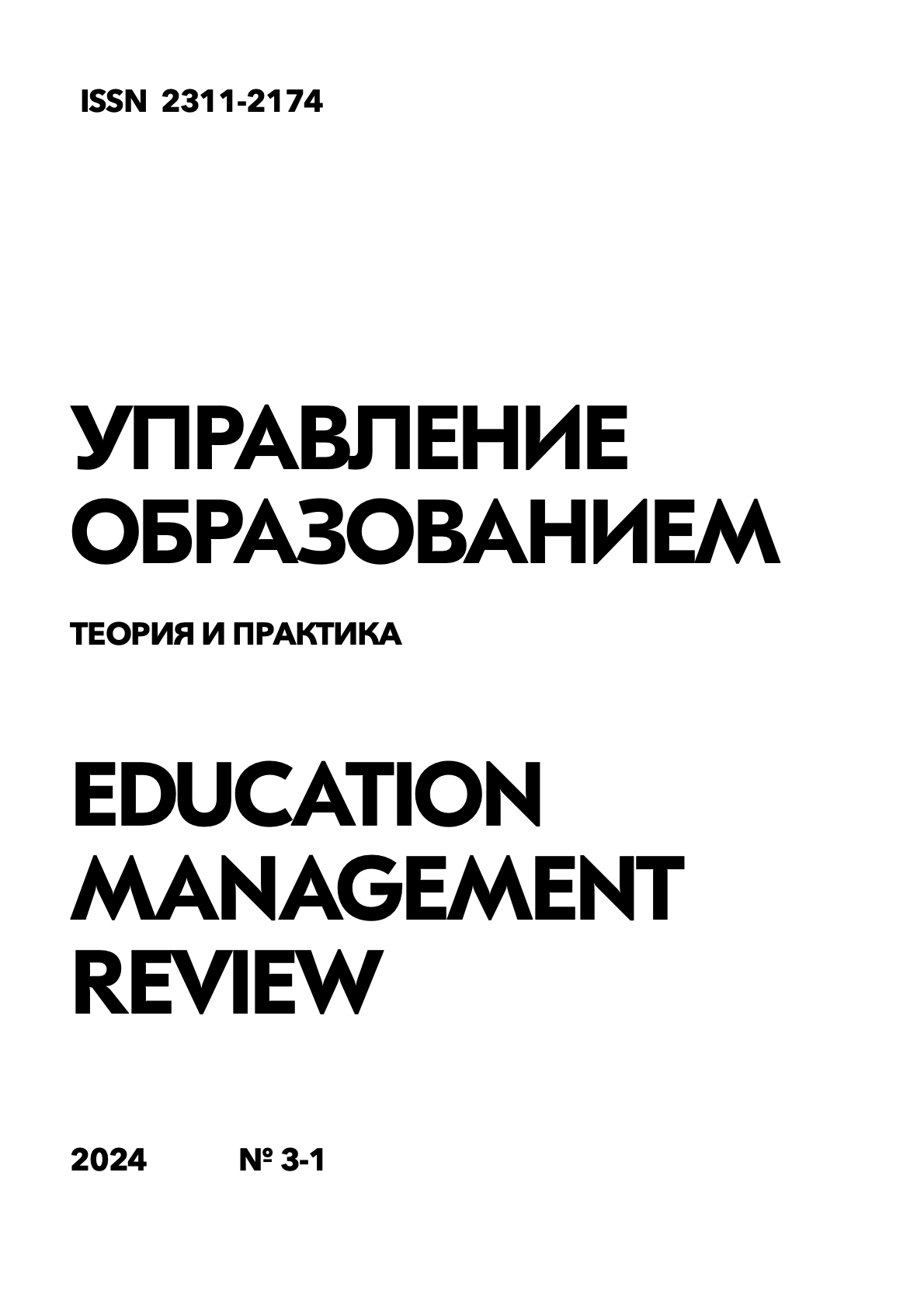Creation of active methods of cryptography training using MS Excel
DOI:
https://doi.org/10.25726/b8190-7254-5061-fKeywords:
active learning methods, simulation learning methods, non-simulation learning methods, exercises, cryptography, cipher, historical ciphers, Caesar cipher, information security, user functions, macros, MS ExcelAbstract
At the present time, there are problems of improving the quality of domestic education, in this regard, it is necessary to improve not only information technology, technical support, but also educational technologies. Modern needs for highly professional specialists in the field of information security cannot be realized without restructuring the system of professional training. Because of this, it is necessary to introduce active teaching methods into the educational process. The relevance of this topic is due to the fact that the study of historical ciphers is an integral part in the study of cryptographic methods of information protection. Studying historical ciphers using MS Excel allows you to analyze large amounts of data and makes it easier to work with numeric and textual data. This product is designed for creating tables, various calculations, data visualization and charting, and much more, which makes it a useful tool for learning the basics of cryptography. In the study of historical ciphers, MS Excel allows researchers to analyze the frequency of letters, words and bigrams, perform various mathematical operations to decrypt texts, and create statistical models for analyzing ciphers. Also, using this application, you can use custom functions and macros to automate solutions to classic cryptography problems. This contributes to the quality of teaching students the basics of cryptography. Due to its popularity and ease of use, MS Excel can become a popular tool in the research of historical ciphers, data analysis and teaching the basics of cryptography. Its application is also of great relevance in modern cryptography research, for example, RSA, the Diffie-Hellman protocol.References
Анашкина И.В. Активные и интерактивные формы обучения: методические рекомендации / Тамбов: Изд-во ООО Орион, 2011. 39 с.
Зарукина Е. В., Логинова Н. А., Новик М. М. Активные методы обучения: рекомендации по разработке и применению. Учеб.-метод. пособие/ СПб.: СПбГИЭУ, 2010. 59 с.
Зуфарова А.С. Роль информационных технологий в образовательном процессе // Управление образованием: теория и практика 2020 № 3 (39) С.105-114.
Зуфарова А.С. Роль технологии визуализации в учебной информации // Современное педагогическое образование. 2020 № 9 С. 39-41.
Кашапов М.М. Неимитационные методы обучения: методические указания / Яросл. Гос ун-т, Ярославль. 2001. 32 с.
Курьянов М.А., Половцев В.С. Активные методы обучения: метод. пособие / Тамбов: Издво ФГБОУ ВПО«ТГТУ», 2011. 80 с.
Кыстаубаева К. Т. Интерактивные методы обучения на уроках информатики как одно из средств развития обучающихся // Инновационные педагогические технологии: материалы Mеждунар. науч. конф. . (г. Казань, октябрь 2014 г.) Казань: Бук, 2014. С. 272-274.
Минюк Ю.Н. Метод проектов как инновационная педагогическая технология // Инновационные педагогические технологии: материалы Междунар. науч. конф. (г. Казань, октябрь 2014 г.). Казань: Бук, 2014. С.6-8.
Сдвижков О.А. Основы математической логики и криптографии. Практикум в Excel. (Бакалавриат). Учебное пособие / КноРус, 2024. 356 с.




